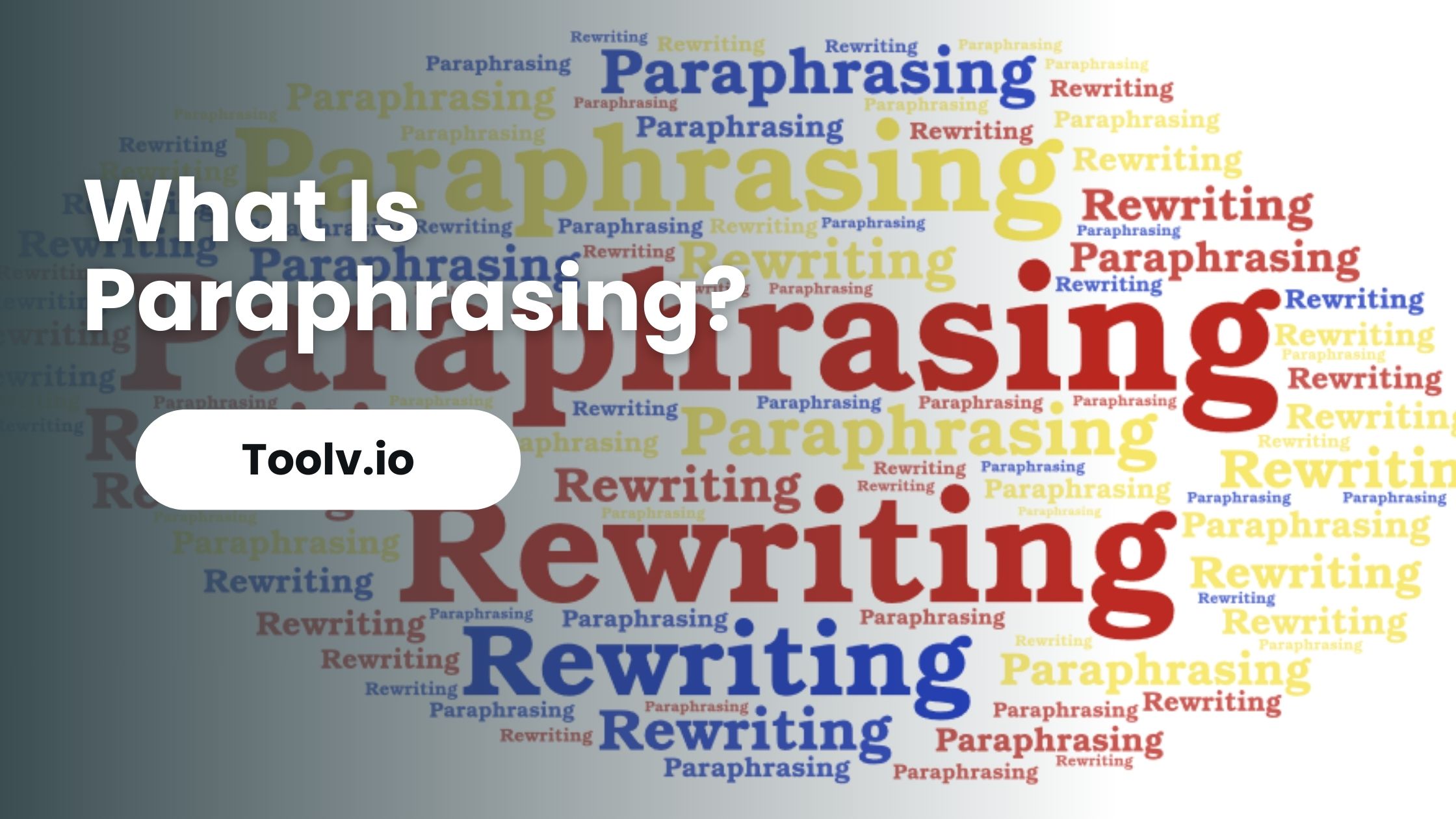What Are Paraphrasing Techniques?

Paraphrasing techniques are methods used to restate information in a new way while retaining the original meaning. These techniques involve rephrasing sentences or passages to convey the same message but with different words, structure, and sometimes even tone.
In this article, we will discuss various paraphrasing techniques and their importance in communication and writing. Understanding and mastering these techniques can enhance clarity, improve readability, and ensure that ideas are effectively communicated without relying too heavily on direct quotations.
Why Paraphrasing Matters
Paraphrasing is important because it shows you understand the original text well enough to put it in your own words. It helps avoid copying directly, which is not good in writing or school projects. By changing the words but keeping the same meaning, you can make the information fit better in your work.
When you paraphrase, it also lets you make the information clearer or simpler for others to understand. This is really helpful if the original text is complex or full of jargon. It’s like translating a tough idea into easier language that more people can get.
Lastly, paraphrasing encourages you to think more about what you’re reading or learning. It’s not just about changing words; it’s about really getting the point and being able to explain it in a new way. This skill is super useful in both school and everyday life, making sure you really grasp the ideas you come across.
Top Five Paraphrasing Techniques
1. Synonym Replacement
This technique involves substituting words in the original sentence with synonyms. It’s effective for avoiding repetition and enhancing readability.
When using synonym replacement, it’s essential to ensure that the synonyms accurately convey the intended meaning of the original text. Sometimes, a thesaurus or word bank can be helpful in finding suitable replacements.
However, it’s crucial to be cautious and not change the meaning of the sentence inadvertently. For instance, “The cat sat on the mat” could be paraphrased as “The feline rested on the rug.”
2. Sentence Restructuring
Sentence restructuring involves changing the arrangement of words, phrases, or clauses in a sentence while preserving its original meaning. This technique allows for greater flexibility in expressing ideas and can help to vary sentence structure for improved flow and clarity.
When restructuring sentences, it’s important to ensure coherence and logical progression. For example, “She won the race despite her injury” could become “Despite her injury, she emerged victorious in the race.”
3. Changing Word Forms
Changing word forms involves modifying the grammatical form of words within a sentence. This technique includes converting verbs into nouns, nouns into adjectives, and vice versa.
It helps to diversify vocabulary usage and can make sentences more concise and impactful. When applying this technique, it’s crucial to maintain grammatical correctness and coherence.
For instance, “He runs quickly” might be paraphrased as “His speed when running is impressive.”
4. Reverse Order
Reverse order paraphrasing entails reversing the sequence of phrases or clauses within a sentence. This technique can provide a fresh perspective on the information presented and create stylistic variation.
However, it’s essential to ensure that the rearrangement maintains the logical flow and coherence of the original sentence. For example, “The sun sets in the west” could be paraphrased as “In the west, the sun sets.”
5. Simplification
Simplification involves breaking down complex sentences or technical language into simpler terms. This technique is particularly useful for conveying information more clearly and making it accessible to a broader audience.
It often involves replacing jargon or specialized terminology with everyday language. When simplifying sentences, it’s important to retain the original meaning while ensuring that the language is appropriate for the intended audience.
For example, “The scientific study concluded that there is a positive correlation between exercise and mental health benefits” could be simplified to “Exercising helps improve mental health, according to a recent study.”
FAQs
What are Paraphrasing Techniques?
Paraphrasing techniques involve expressing someone else’s ideas or information in your own words while retaining the original meaning.
Why are Paraphrasing Techniques Important?
They help avoid plagiarism, enhance understanding, and improve writing by allowing you to restate information in a clear and concise manner.
What are Common Paraphrasing Strategies?
Strategies include changing sentence structure, substituting synonyms, and condensing information without altering the original message.
How Can I Practice Paraphrasing?
Practice by summarizing texts, rewriting passages without looking at the original, and comparing your version to the source for accuracy.
Conclusion
Paraphrasing techniques are methods to change words and sentence structures while keeping the original meaning. They help in writing unique content or understanding text better. Using these techniques makes your writing fresh and avoids plagiarism.
A great example is the Toolv.io Paraphrasing tool. This online tool helps you reword your text easily. It’s like having a buddy who’s really good at explaining things in different ways. You just put in your text, and it gives you a new version, keeping the original idea intact.





